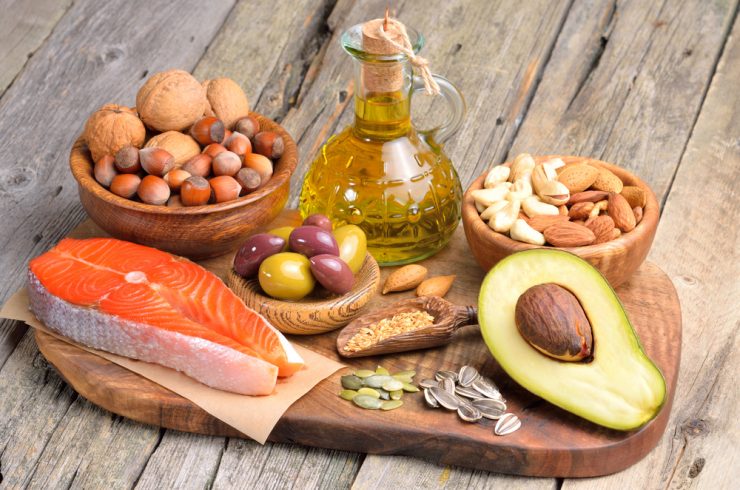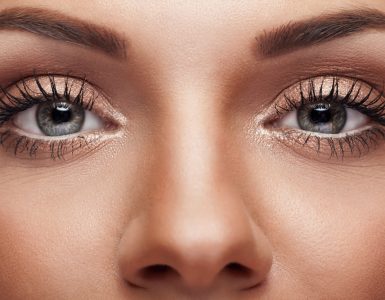“There always seems to be something in the media about fats. Are they good? Are they bad? It can be very confusing! Can you clarify?”
Clinical nutritionist Suzie Sawyer explains the differences between fats and which ones are best for you.
Fats are absolutely essential for a healthy body but some are indeed better than others. In simple terms, fats are made up of three elements – carbon, hydrogen and oxygen. The different types of fat get their names from the chemical structure of their carbon bonds (for example, monounsaturated have one bond, polyunsaturated have two bonds). It’s these particular structures that give them their characteristics – good or bad! Interestingly, all fats contain the same amount of calories, no matter where they come from: nine calories per gram of fat.
SATURATED FATS
Saturated fats are found in all fats and oils derived from animals, but are especially abundant in hard fats such as butter and lard. Their chemical structure contains no double bonds and they are solid at room temperature. We need a certain amount of saturated fat in the diet for energy and insulation in the body, but because they’re hard fats, it’s best to eat these foods in moderation. Examples of foods containing saturated fats are beef, pork, lamb and dairy products.
MONOUNSATURATED FATS
These are so-named because they have one double carbon bond in the middle of the structure. These types of fat have long-been associated with being beneficial for heart health, particularly in keeping blood pressure within the healthy range. Good examples of monounsaturated fats are peanut oil, macadamia oil and olive oil: olive oil is a huge part of the Mediterranean diet, which we know to be very heart-friendly. Avocados also provide a rich source.
POLYUNSATURATED FATS (OMEGA 6S)
Polyunsaturated fats have two double bonds in order to provide flexibility for cell membranes and other vital functions in the body. However, because of these double bonds they are less chemically stable. Some examples of polyunsaturated oils are linoleic, sunflower, hemp, borage and evening primrose oils. They’re also known as omega 6 oils and some of these, specifically linoleic acid, have essential health-giving properties.
There is often confusion about the potential health benefits of polyunsaturated oils, such as sunflower. Sunflower oils, for example, are often heated and chemically altered to create margarine. The chemical processing and heating of an unstable polyunsaturated oil causes the structure to change and creates trans fats, which can be damaging for the heart. We are used to seeing the term ‘high in polyunsaturates’ on the packaging of margarine and other refined oils, so could be fooled into thinking they are healthy.
However, oils derived from linoleic acid, which is found in evening primrose and borage oils, provide many healthy-giving benefits, specifically for the skin and male and female hormone systems.
OMEGA 3 FATS
These fats contain three double bonds. This makes them more chemically unstable, so they should not be heated, but it also makes them super-healthy! They are known as omega 3 fatty acids or EFA’s (essential fatty acids) and are derived from alpha linolenic acid (ALA). The body converts ALA to two components called EPA and DHA, which provide many positive health benefits, especially for the joints, skin, brain, eyes and hormones.
Fish oils naturally contain EPA and DHA, hence the importance of eating oily fish such as salmon, sardines and mackerel on a regular basis or taking an omega 3 food supplement. Omega 3s are termed ‘essential’ because the body cannot make them; they have to be eaten in the diet or taken as a supplement and because they fulfil so many important functions, they should ideally be eaten on a daily basis.























